Decide!
If you’re still debating whether or not to raise quail, read my post entitled “Why Quail?” before coming back to this page – this post is for those who are ready to bring home Japanese Coturnix quail but aren’t sure how to make it happen.
Finding Quail
If you are interested in hatching your own quail, I recommend you do so after gaining some experience. For this guide, I’ll be assuming that you will start with chicks. It’s easy to find quail that are about 2-3 weeks old by searching the Internet. Check your local Craigslist, and if you come up short, search for local farms and breeders. You may also want to call a local feed store or Tractor Supply if all else fails. Birds generally cost around $1 each, depending on the age. Some people believe hatching their own birds will save them a great deal of money, but by the time you factor in electrical draw, time, and the simple fact many eggs won’t hatch, you actually come out ahead buying chicks to begin with.
Basic Needs
If you’ve ever raised an animal – or a human – you’re way ahead of the game. Quail need the same basics as you: food, water, shelter, and hygiene.
Shelter
Raising quail isn’t complicated or expensive, but the highest hurdle you’ll have to jump is setting up a secure enclosure. Japanese Coturnix quail have been bred for small spaces, so the number of birds you intend to raise will help you determine the size of the cage you’ll need. Because quail are smaller than chickens, we keep more birds at a time, usually 36-48.
The recommended stocking density is 3-4 birds per square foot. You are welcome to give them more space, of course, but know there is nothing cruel about keeping the birds so densely housed. In fact, when given a great deal of space, they tend to congregate in one corner of the coop anyway.
You can build an aesthetically pleasing coop and run system, like we did, or a simple cage setup. As long as the housing cannot be breached by cats, snakes, or other predators, you’re in good shape.
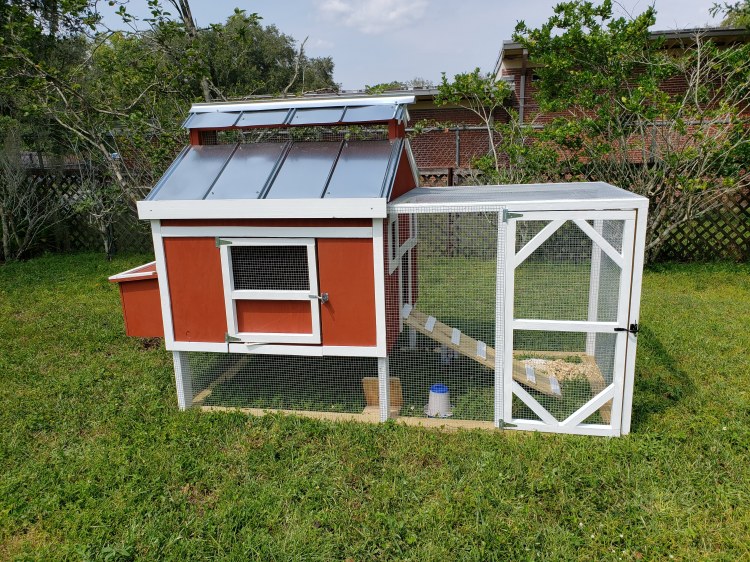
We bought simple chicken coop plans from an Etsy shop. It was designed for four chickens and we house all (usually 48) of our quail there at once. Until they are about four weeks old, they aren’t even able to venture up into the coop because of their stubby little legs.
Quail don’t need nesting boxes and won’t use them; they’ll just lay their eggs on the ground as they go. Make sure you are able to access all parts of the enclosure so you can reach any eggs they drop.
Food & Water
Quail are omnivores and will generally enjoy the same types of food as chickens: small bugs, leafy greens, and store-bought grain. They do require a higher protein store feed than chickens for optimal egg production; I recommend Purina Game Bird 30% Protein feed for starters.
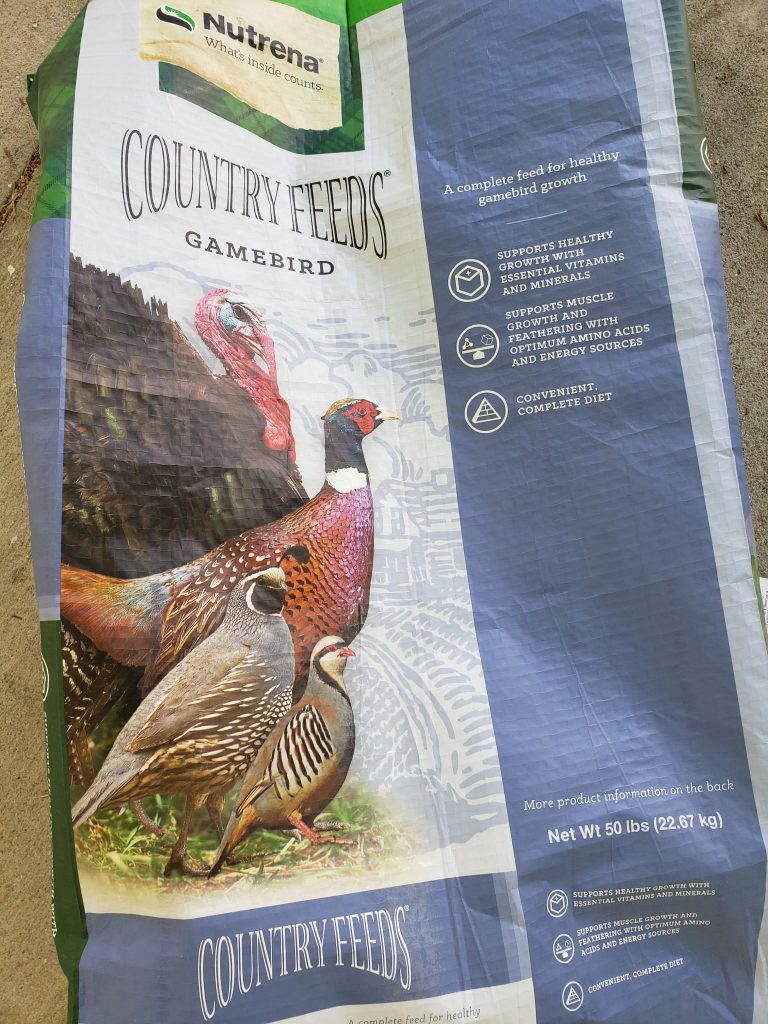
I work at Walmart and also bring home the wilted lettuce greens the produce associates toss at the end of the night. Quail love leafy greens like spinach, lettuce, and dandelion. You’ll make their day by throwing in a slice of watermelon with them too!
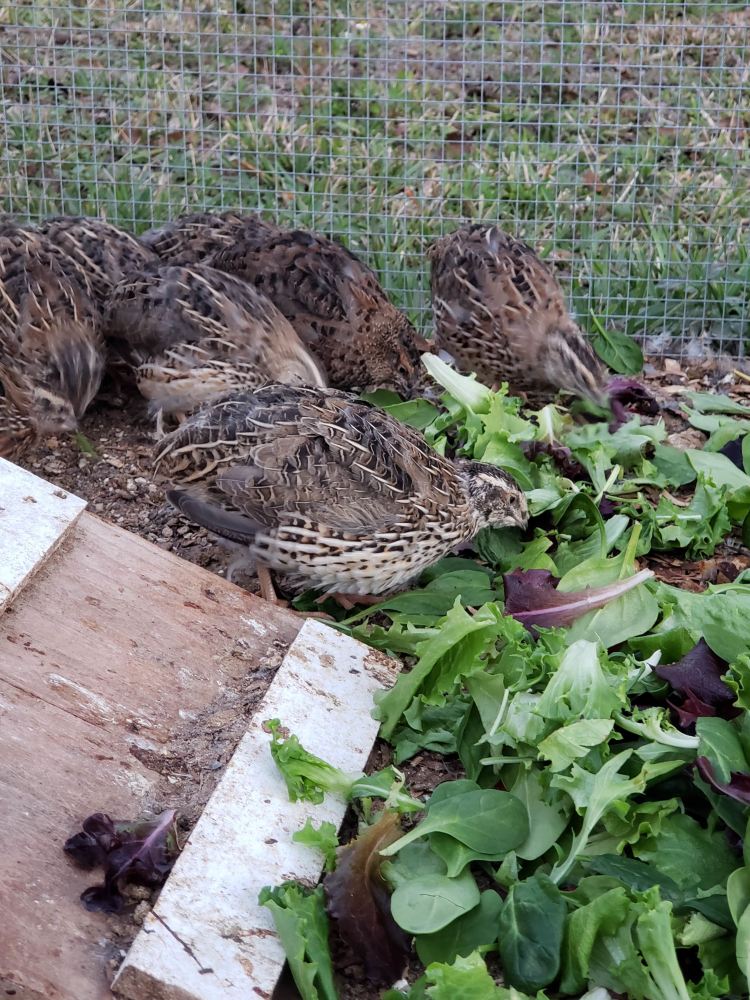
Ensure the birds have constant access to fresh water. You can set up an automatic watering system with cups, or refillable containers as I have. Just know that you will be refilling those containers at least twice a day. If quail don’t have fresh water, they won’t lay eggs.
Hygiene
You need to bathe regularly and so do quail. Make sure you are able to access the entire cage to clean excrement; fortunately, quail don’t poop as much as chickens so it may only be necessary to clean on a weekly basis depending on the number of quail you raise. As a treat, I like to provide diatomaceous earth and oyster shells for my birds to take dust baths in. The diatomaceous earth also kills soft-shelled worms and other critters, and the oyster shells provide additional calcium in the diet for strong eggshells.


The Fun Stuff: Meat & Eggs
Quail reach sexual maturity by 6-8 weeks, and should begin laying eggs at that time. They should ideally each lay an egg a day, but if they aren’t laying at least an egg every other day, ensure they have fresh water, food, and 16 hours of light per day. Again, quail will lay eggs wherever they feel like it, so look carefully!
Processing quail is easy and can be done humanely. I use kitchen shears to snip off the bird’s head, then drain the blood until the bird stops kicking. I don’t bother retaining the skin, so I cut off the feet and wings before peeling off the skin and feathers.


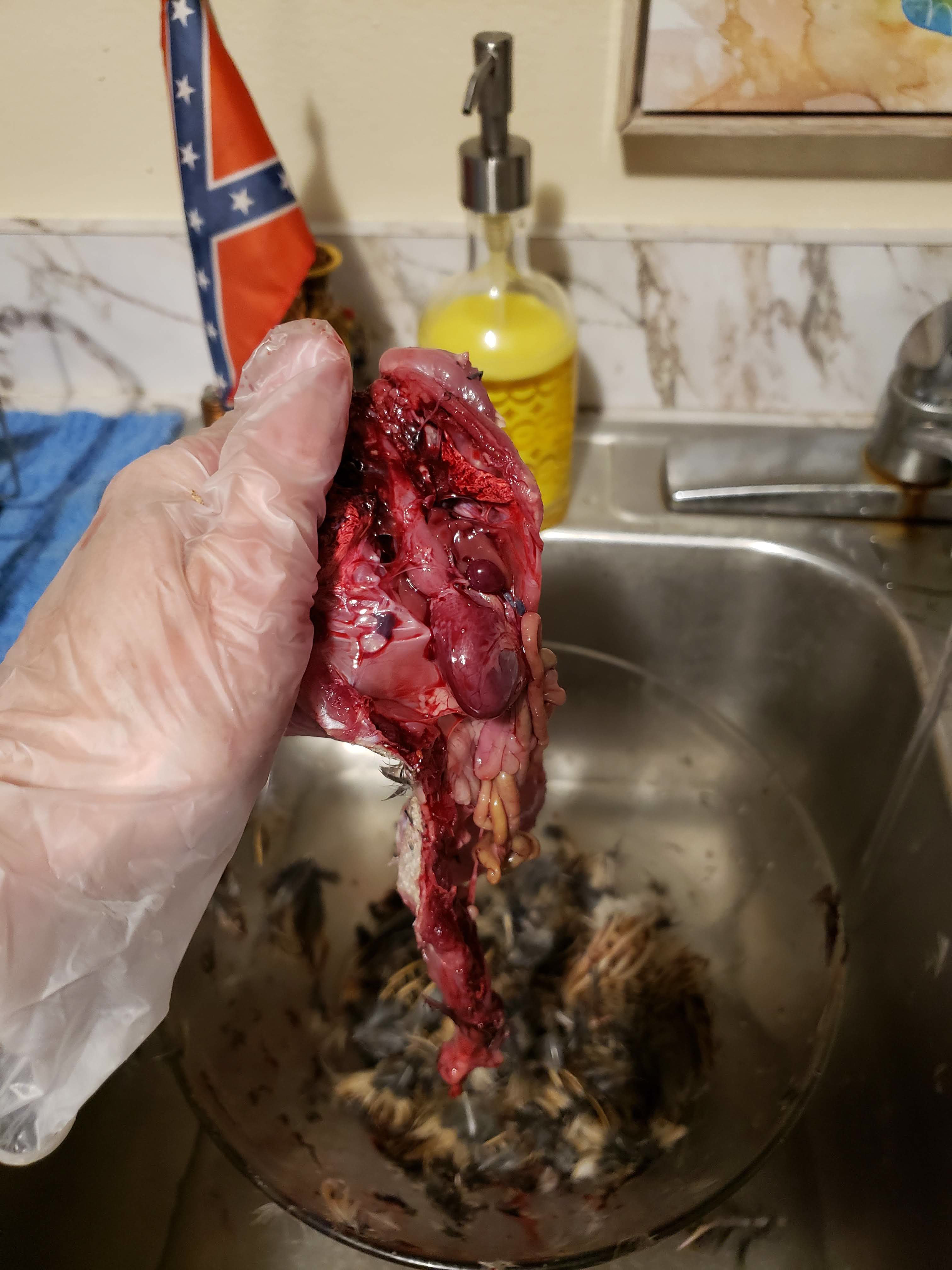
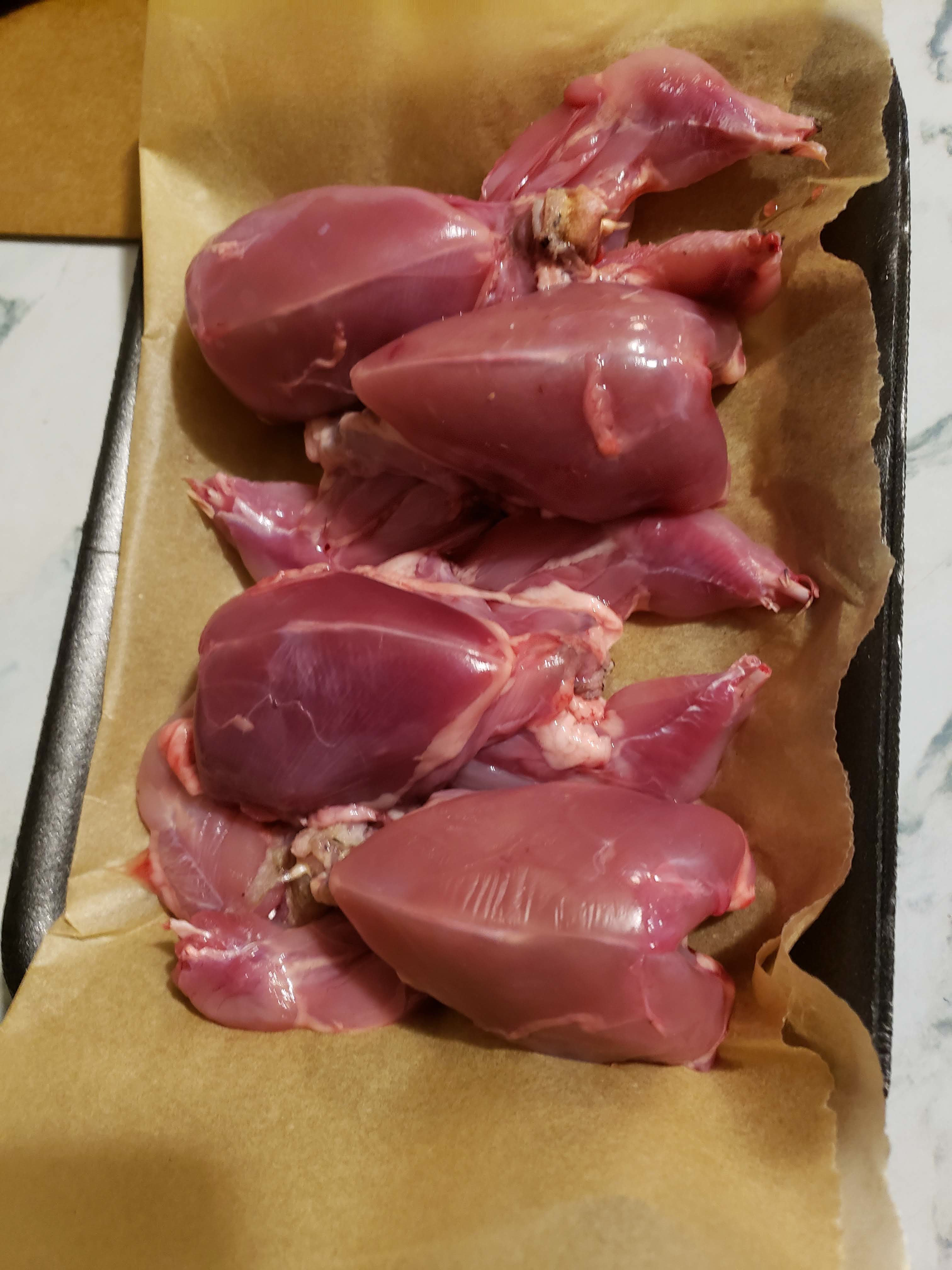
From there, you’ll remove the innards – I usually save the heart and liver to fry and eat like popcorn later, but you can dispose of them or feed them to a happy dog! By now, it only takes me about 45-60 seconds to process a bird. I’m planning to post a step by step video on processing the quail in the next few days, but until then, take a look at the resources below for an excellent YouTube demonstration.
Resources
These are some of the resources I consulted before getting started. There are so many “right” ways to raise quail, so don’t feel you have to identically mimic any of these people’s setups. Do look, listen, and get a feel for what raising quail is like so that you’ll be able to set up your quail in the way that works best for you and your family!
- Photos of Brad Davies’ INDOOR (yep, you read that right) quail system: click here
- Podcast with Jack Spirko: “Quail Keeping Q & A”
- PowerPoint: “Raising Quail for Meat and Eggs”
- Click here for the best quail butchering video I found on YouTube.


Great read! Trying to start raising quail- nervous, but all information helped.
LikeLike